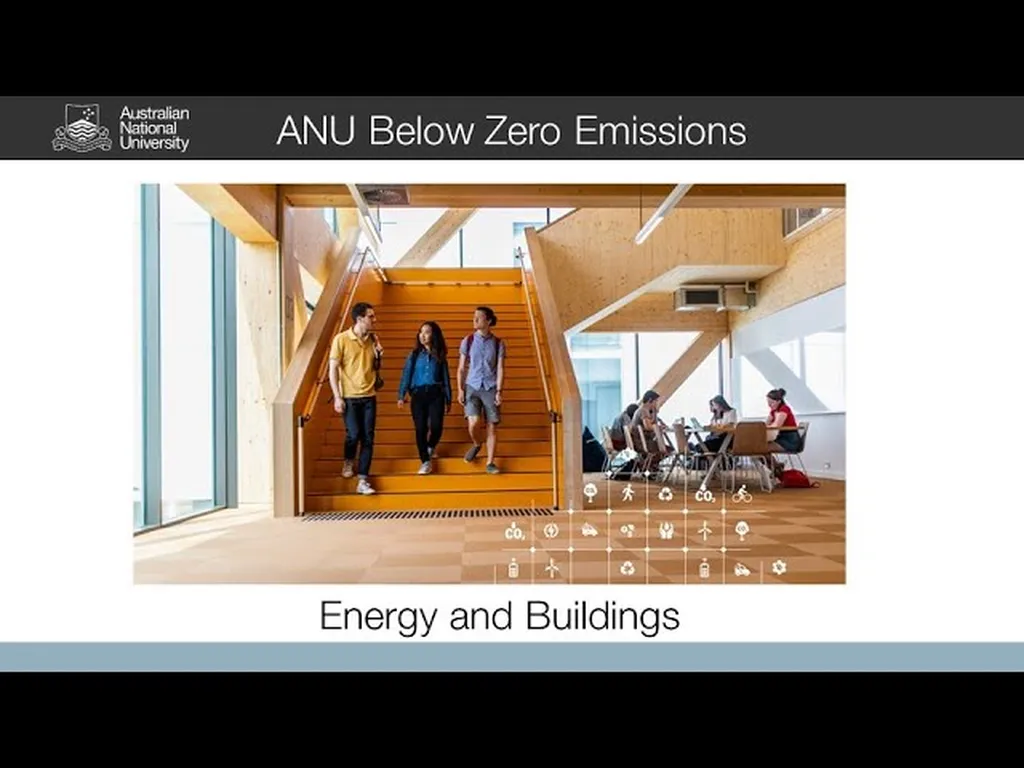Researchers Matthew Hampsey, Pieter van Goor, Ravi Banavar, and Robert Mahony, affiliated with the Australian National University, have published a study that presents a novel approach to controlling mechanical systems, such as robots and drones, which often operate in environments that can be mathematically represented as Lie groups. Their work, titled “Equivariant Tracking Control for Fully Actuated Mechanical Systems on Matrix Lie Groups,” was published in the journal IEEE Transactions on Automatic Control.
The study focuses on mechanical control systems that naturally fit into a state-space structure known as a Lie group. Examples of such systems include aerial, marine, space, and terrestrial robots. The kinetic energy of these systems is typically invariant to the induced action by the Lie group, and their dynamics can be described using a mathematical framework called a Lie-Poisson system. The researchers have discovered that Lie-Poisson systems can also be represented as a left-invariant system on a semi-direct Lie group structure placed on the trivialised cotangent bundle of the symmetry group. This insight, which the authors believe has not been previously exploited in the context of tracking control, allows for a more effective approach to controlling these systems.
The researchers use this new representation to develop a right-invariant tracking error for the full state of a Lie-Poisson mechanical system. They demonstrate that the error dynamics for this error are themselves of Lie-Poisson structure, albeit with time-varying inertia. This finding enables the use of an energy shaping design methodology to tackle the general trajectory tracking problem. To illustrate the effectiveness of their approach, the researchers apply the proposed design methodology to a simple attitude tracking control problem.
The practical applications of this research for the energy sector are significant. For instance, the control strategies developed in this study could be applied to improve the performance of drones used for inspecting renewable energy infrastructure, such as wind turbines and solar panels. Additionally, the methods could be used to enhance the control of robotic systems employed in the maintenance and repair of energy generation and transmission facilities. By providing more precise and efficient control of these systems, the research could contribute to the overall reliability and cost-effectiveness of energy production and distribution.
In summary, the study by Hampsey, van Goor, Banavar, and Mahony presents a novel approach to controlling mechanical systems that operate in environments represented as Lie groups. Their work offers a more effective method for trajectory tracking and has potential applications in the energy sector, particularly in the inspection and maintenance of renewable energy infrastructure. The research was published in the IEEE Transactions on Automatic Control, a leading journal in the field of control systems engineering.
This article is based on research available at arXiv.

